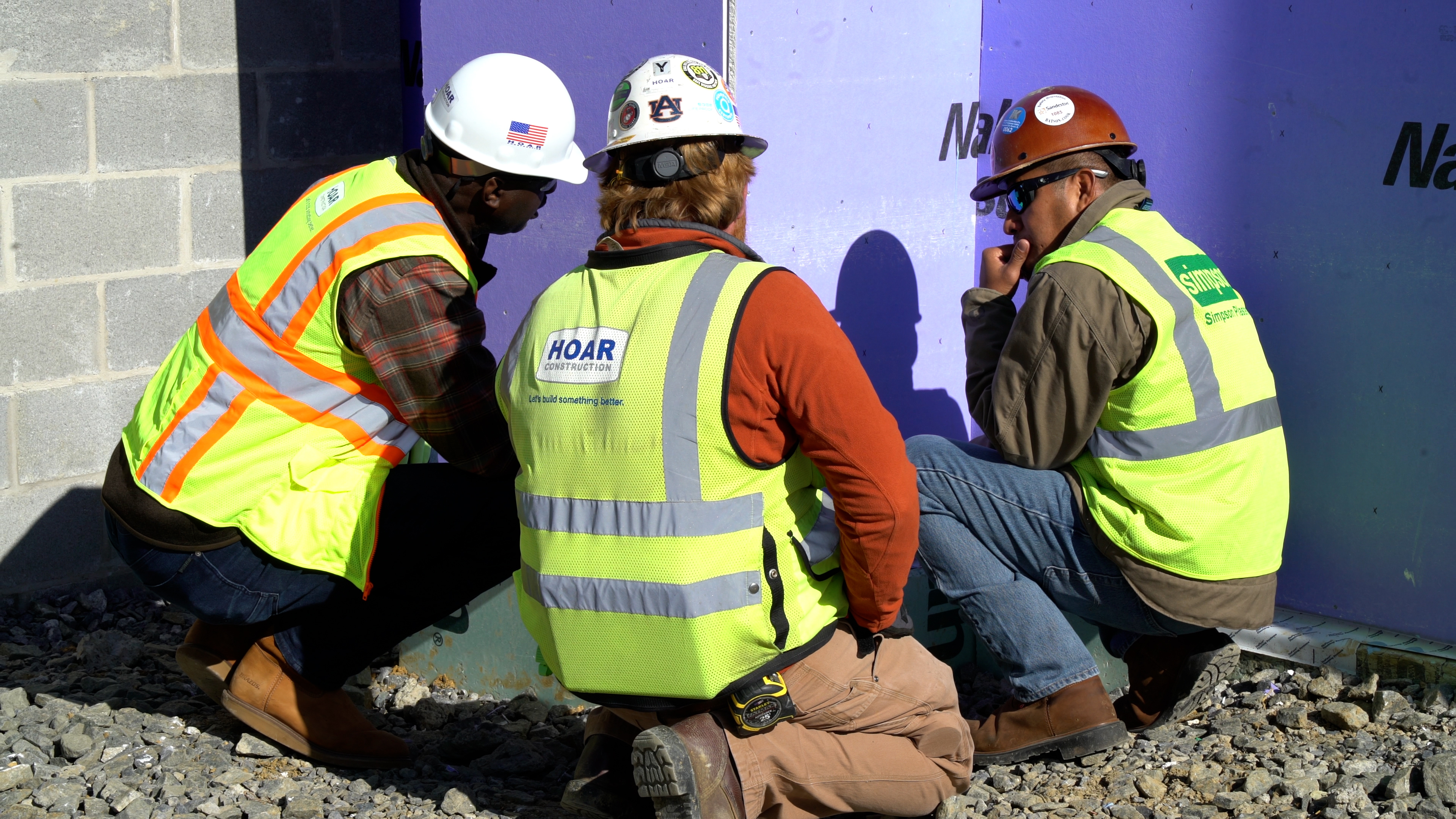
The labor shortage in the construction industry is one of the country’s great, unsolved problems as the economic expansion has continued. While it has caused prices to shoot up, it has also created a new dynamic in which subcontractors are now arguably the most powerful entity on a job site.
For companies who provide specialized labor to construction companies, the Great Recession was a game-changer. And when it comes to pricing and availability, subcontractors — an industry that cycles between feast and famine — are expected to retain their power over pricing and timing for the foreseeable future.
“All of this is driven by workforce, manpower and skilled trades,” Associated General Contractors of Georgia CEO Mike Dunham said. “The [subcontractors] are just constrained by the sheer availability of skilled workers. I don’t have anybody who doesn’t need people. The subs right now are in the catbird seat. They are at an absolutely maximum capacity.”
The decimation of America’s skilled construction workforce has been a story since the recession. The construction industry saw the numbers of workers drop from 7.7 million people in 2006 to a floor of 5.5 million in 2011, according to a recent NAIOP report.
Since then, despite a desperate need for workers — which has led to rising wages — the number of people in the construction and extraction industry has barely risen. Last year, there were 5.96 million construction workers in the U.S., according to the Bureau of Labor Statistics.
When it comes to skilled workers in the industry — people who lay brick, frame structures or work with metal — younger generations are nowhere near filling in the need of those who are retiring or leaving the industry. For every four workers to leave the industry, only one person is replacing them, according to the Alabama Construction Recruitment Institute.
At the same time, the U.S. Census Bureau projects that the number of new jobs in those industries will rise by 747,600 jobs, an 11% increase, between 2016 and 2026.
That will keep skilled labor subcontractors in demand and in control of pricing, said Vernon Thomas, executive director of the American Subcontractors Association’s Georgia chapter.
“It’s an economy of scales,” Thomas said. “There are not enough subcontractors out there to do the work. The subcontractor, in that sense, is in the driver’s seat.”
Labor is a big factor in the continued rise of overall construction costs. Construction costs rose 5.5% year over year as of the first quarter of 2019, according to the Turner Building Cost Index, which measures nonresidential building construction in the U.S.
In 2018, construction costs rose 5.6%, the highest annual increase since the end of the Great Recession, according to Turner. The firm partly credited those increases on contractors being selective on projects due to a shortage of labor.
Subcontractors are the biggest swing factor in general contractors’ pricing, Hoar Construction Vice President John Goodner said. At this point, subcontractors account for up to 90% of the total construction cost on a project. And for projects that may last two years, subcontractors are pricing in a 20% to 25% increase in hourly rates to ensure they can remain on a project.
This problem is only exacerbated in projects in major cities, especially where other construction projects are nearby. A construction firm needs to be competitive to avoid losing a skilled subcontractor to a neighboring development project, Goodner said.
“Uncertainty really drives the cost up,” he said. “The subcontractors can pick and choose the jobs they want. And they can shy away from the ones they may not have had to before because there’s just so [many] good jobs out there.”
Aside from costs, this labor uncertainty also is leading to longer construction timelines, Dunham said. A project that may have lasted 12 months before the last recession now takes upwards of 16 months, he said.
The construction industry has responded by pushing education and training programs that encourage high school students to pursue a career learning a construction skill. Some firms have begun to incorporate alternative construction methods, such as prefabricating building components in factories, or simply using other materials.
Goodner said in Florida, Hoar has had difficulties hiring masonry workers, which is forcing them to steer projects away from brick and other mortar facades to reduce cost and construction time.
The next recession, whenever it hits, will likely not be as damaging to the construction and subcontracting industry as the 2008 crash. Whereas in 2008 the industry lost millions of workers when construction nationwide largely ground to a halt for a few years, a demand reduction from a more mild downturn might bring the labor-supply dynamic closer to even.
The declining workforce will keep the supply of workers from becoming a glut and necessitating layoffs, and it may prompt many of the industry’s older workers to finally call it quits, Dunham said.
“The guy who wanted to retire at 65, but is now 68 and the boss is begging him to stay, [he is] going to take that retirement in the next recession.”

